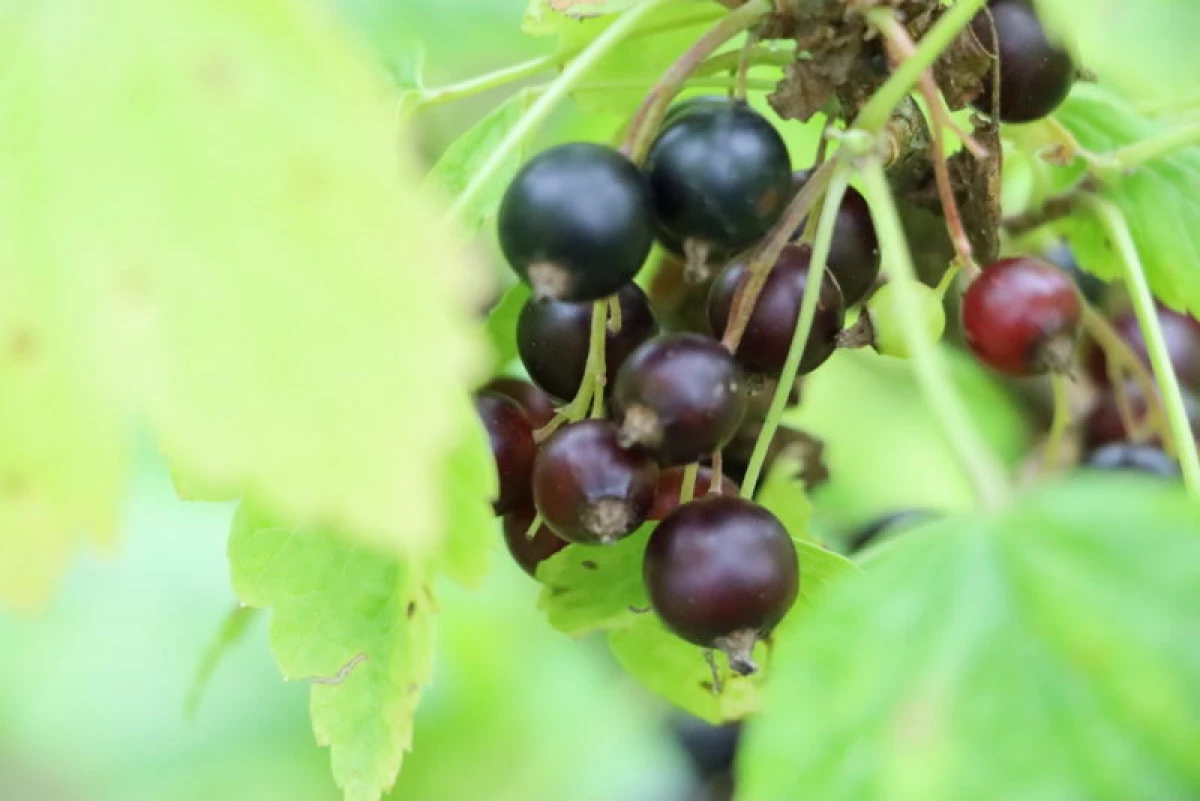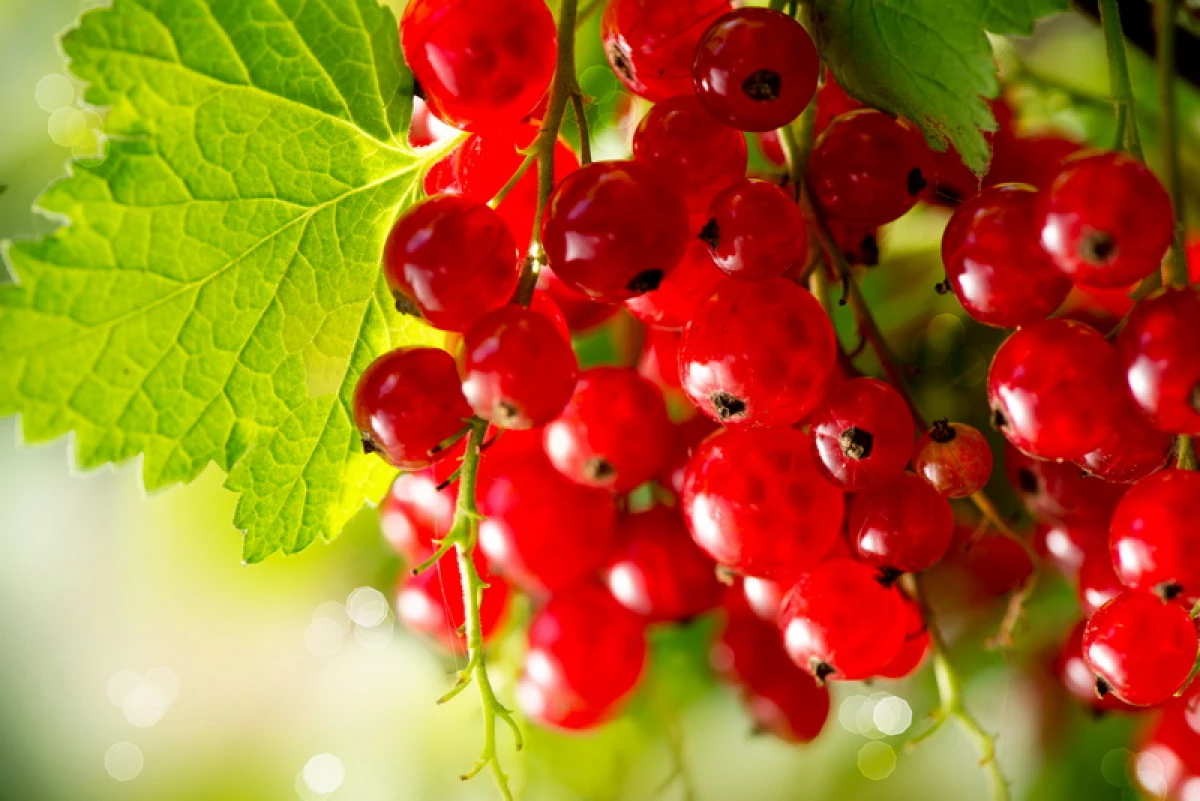Good afternoon, my reader. Some gardeners, especially from among the beginners, often either ignore the cropping of currant, or carry it irregularly and not always correctly. But this procedure is a guarantee of obtaining abundant harvest of any variety of currant!

Its bushes are usually fruit from 15 to 20 years. At the same time, there is an intensive growth of shoots during the first three years after landing, then a couple of years of plants are in a neutral state, simply giving a good harvest of berries, and then the aging process is already beginning. But if you remove these old branches, the energy of the bush will be aimed at the emergence and growth of new, young banging shoots. They also remove damaged branches affected by diseases, which helps to reduce the thickening of the bush, due to which it makes it difficult to obtain it with the leaves of sunlight.
It is started immediately as soon as the leaves on the bushes will turn yellow. It is not recommended to postpone the procedure to fully dropping foliage, since along with fallen leaves, the spores of the fungus and eggs of various pests will remain under them. First of all, they cut off curved, dry or drying branches with black bark, as well as those that have the foundations of which are observed with lichen, and affected or torqueous dew. Healthy shoots in the fall preferably not touch, but postpone their pruning until spring. Penches from cut branches should not be left. Sections of sections need to be lured with a chipstroke coal into powder.

It can be started as soon as snow comes down, and the earth still does not fully utter. It is not worth pulling with the procedure. If the kidneys are already beginning to bloom, then the plants do not touch the plants, since the sections of the sections will be for a long time, making plants with defenseless pests and diseases. If old and sick branches have been removed during the autumn trimming, then those who have signs of frozenia are in spring under the secateur or hacksaw. It will be enough to leave no more than 12 branches on the bush, of which 3 or 4 - the remaining since last year. If, for example, increase the number of branches remaining on the bush to 15, then the crop will be more abundant, but the berries, alas, grow small.
Carefully caring for her bushes, timely removing old, sick and damaged branches, it is possible to get a wonderful harvest with them for five years. Bushes should not be thickened, since this variety of currant is necessary good ventilation - while the risk of infection with a bush with parasites is reduced, and the berries receive more solar light that contributes to redness and ripening.

When cropping red currant bushes, it is recommended:
- Do not touch 2-3-year-old shoots, as the main crop is tied on them;
- Scrolls are made above the kidney by 5 mm, having a secateur at an angle of 45 degrees to the dripped run;
- To improve fruiting, they leave multiple, although not too old branches;
- If you cut the side shoots to ½, then an additional branch will occur;
- The branches that grow inside the bush or are directed down, remove.
Spring is the most appropriate time to trim the red currant. But the whole cycle of work must be completed before the movement of the juice. In the spring, a sanitary, rejuvenating and forming trimming, giving the bushes a neat shape.
If you do not ignore the seasonal cutting of currant and comply with its basic rules, then it will stay health and youth for a long time, and therefore, and give abundant yield of delicious and useful berries.
